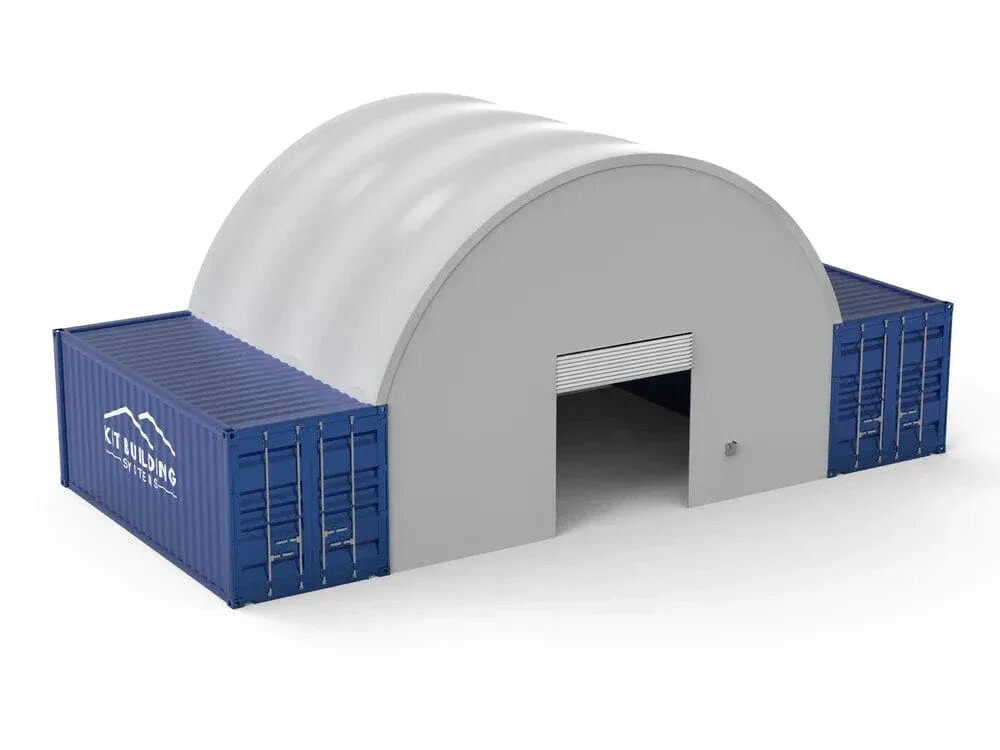


At their core, steel frame buildings are structures where a skeleton frame of vertical steel columns and horizontal I-beams form the support grid.
In recent years, steel frame buildings have emerged as a dominant force in the construction industry, redefining how we think about strength, sustainability, and design flexibility. From high-rise towers to industrial warehouses, this construction method is proving to be a go-to solution for developers and architects seeking cost-effective and reliable structures.
At their core, steel frame buildings are structures where a skeleton frame of vertical steel columns and horizontal I-beams form the support grid. These frames support floors, roofs, and walls, enabling large, open interior spaces without the need for load-bearing walls. This approach offers incredible structural integrity while allowing for innovative architectural designs.
Steel has one of the highest strength-to-weight ratios of any commonly used building material. This means it can bear heavy loads without adding excessive weight to the structure, making it ideal for multi-storey buildings, bridges, and even aircraft hangars.
Steel frame buildings are often prefabricated off-site and assembled on location, significantly reducing construction timelines. This modular approach ensures precision and minimizes weather-related delays, which are common in traditional construction.
Unlike wood or concrete, steel can span large distances without support columns, making it perfect for open-plan spaces like gyms, warehouses, or retail stores. The material is also easily customizable, allowing architects to experiment with bold and modern design elements.
Steel is naturally resistant to pests like termites, rot, and mold. It can withstand extreme weather conditions, including heavy snow, high winds, and seismic activity. Additionally, modern steel is coated or galvanized to prevent rust, extending the life of the structure significantly.
Steel is one of the most recycled materials in the world. Not only can steel frame buildings be constructed using recycled steel, but they are also recyclable at the end of their lifespan. This reduces construction waste and supports sustainable building practices.
Steel frame technology is used in a wide variety of settings:
Commercial Buildings: Office buildings, shopping centers, and showrooms benefit from steel’s aesthetic and structural advantages.
Industrial Facilities: Factories, warehouses, and distribution centers require wide-open spaces and durability, making steel a perfect match.
Agricultural Structures: Barns, storage sheds, and livestock shelters often rely on steel frames for cost-effective, long-lasting solutions.
Residential Buildings: Modern homes and apartment complexes are increasingly incorporating steel framing for both structural and design benefits.
Educational and Recreational Buildings: Schools, sports facilities, and community centers often utilize steel frames for their versatile interior layouts and strength.
While steel frame buildings offer numerous advantages, there are a few considerations to keep in mind:
Cost of Steel: While long-term savings are substantial, the initial cost of steel can be higher than traditional materials, depending on market conditions.
Thermal Conductivity: Steel conducts heat and cold efficiently, which can lead to energy inefficiencies without proper insulation.
Fireproofing Needs: Although steel is non-combustible, it loses strength at high temperatures, so buildings must include fire-resistant coatings or insulation to maintain safety standards.
With the push for greener and smarter buildings, steel frame structures are increasingly integrating with smart technologies, energy-efficient systems, and green certifications like LEED. Innovations in lightweight steel, 3D modeling (BIM), and automated fabrication are also streamlining the design and construction process.
In disaster-prone regions, governments and developers are leaning towards steel frame buildings for their resilience, ensuring that schools, hospitals, and emergency shelters can withstand natural calamities. Moreover, urban environments are seeing a boom in steel-framed high-rises, driven by the material’s ability to optimize space and support vertical growth.
Steel frame buildings represent a modern approach to construction that balances durability, design, and sustainability. Whether it’s a skyscraper piercing the city skyline or a rural warehouse standing firm against the elements, the benefits of steel framing are undeniable. As technology advances and the demand for efficient building solutions grows, steel will continue to shape the future of construction—one beam at a time.
